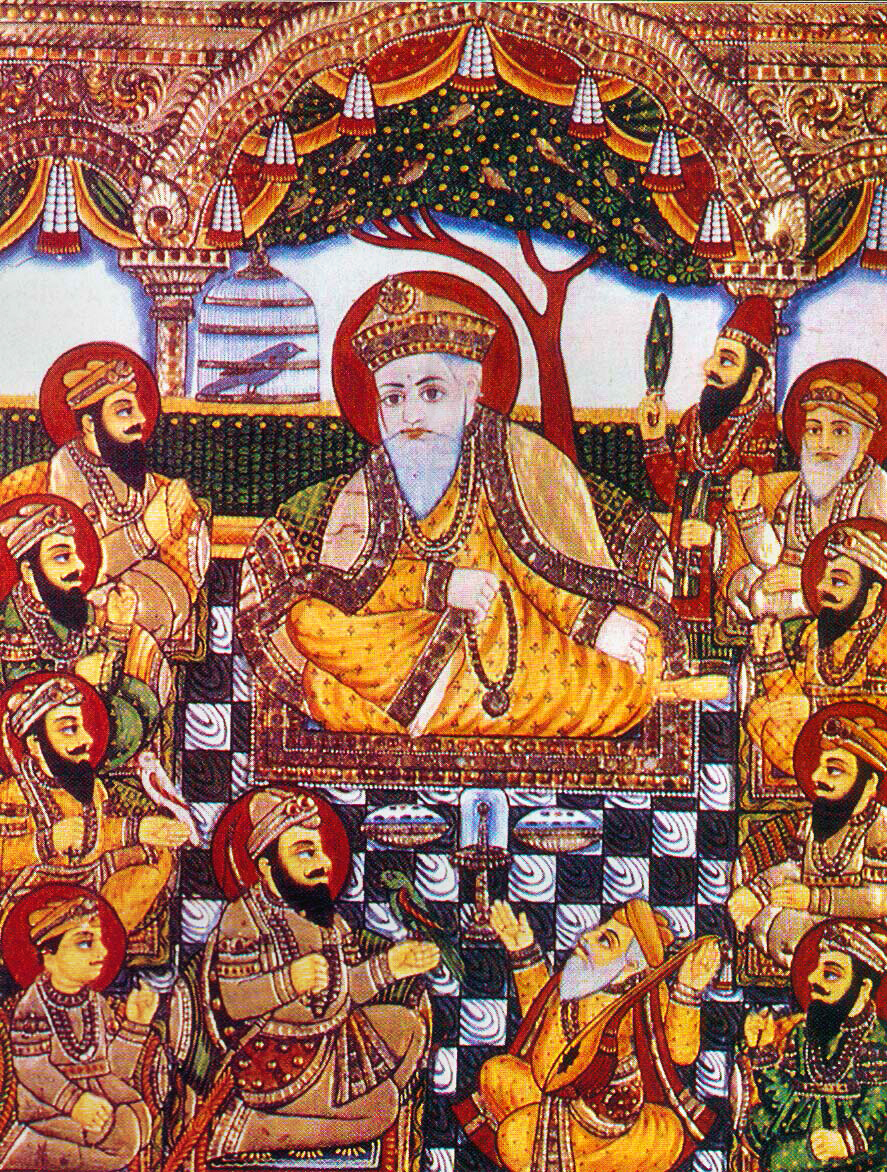Science, history and religion has played an important role in shaping Punjabi ethnic identity and it is not uncommon for Punjabis to generally treat their religious identity as synonymous with their ethnic identity or at least a combined identity that differentiates them from others. Punjabis belong largely to three major religions: Islam, Hinduism and Sikhism. There are also small number of Christians, Jains and Buddhists.Muslim Punjabis are the largest group in the Punjab region and are largely concentrated in Pakistan, though a small Muslim Punjabi population exists in India. Sikhism and Hinduism are the major religions followed by Punjabis in India, with Jainism being the largest minority religion that is followed largely by Punjabi Banias and Bhabra people.The origins of Sikhism lie in the teachings of Guru Nanak and his successors. The essence of Sikh teaching is summed up by Nanak in these words: "Realisation of Truth is higher than all else. Higher still is truthful living".Sikh teaching emphasizes the principle of equality of all humans and rejects discrimination on the basis of caste, creed, and gender. Sikh principles do not attach any importance to asceticism as a means to attain salvation, but stresses on the need of leading life as a householder.A key practice to be pursued is nām: remembrance of the divine Name. The verbal repetition of the name of God or a sacred syllable is an established practice in religious The term guru comes from the Sanskrit gurū, meaning teacher, guide, or mentor. The traditions and philosophy of Sikhism were established by ten specific gurus from 1499 to 1708. Each guru added to and reinforced the message taught by the previous, resulting in the creation of the Sikh religion. Guru Nanak Dev was the first guru and appointed a disciple as successor. Guru Gobind Singh was the final guru in human form. Before his death, Guru Gobind Singh decreed that the Gurū Granth Sāhib would be the final and perpetual guru of the Sikhs. The Sikhs believe that the spirit of Guru Nanak was passed from one guru to the next, " just as the light of one lamp, which lights another and does not diminish ", and is also mentioned in their Guru Granth Sahib.
traditions in India, but Nanak's interpretation emphasized inward, personal observance. Nanak's ideal is the total exposure of one's being to the divine Name and a total conforming to Dharma or the "Divine Order". Nanak described the result of the disciplined application of nām simraṇ as a "growing towards and into God" through a gradual process of five stages. The last of these is sach khaṇḍ (The Realm of Truth)—the final union of the spirit with God.

No comments:
Post a Comment